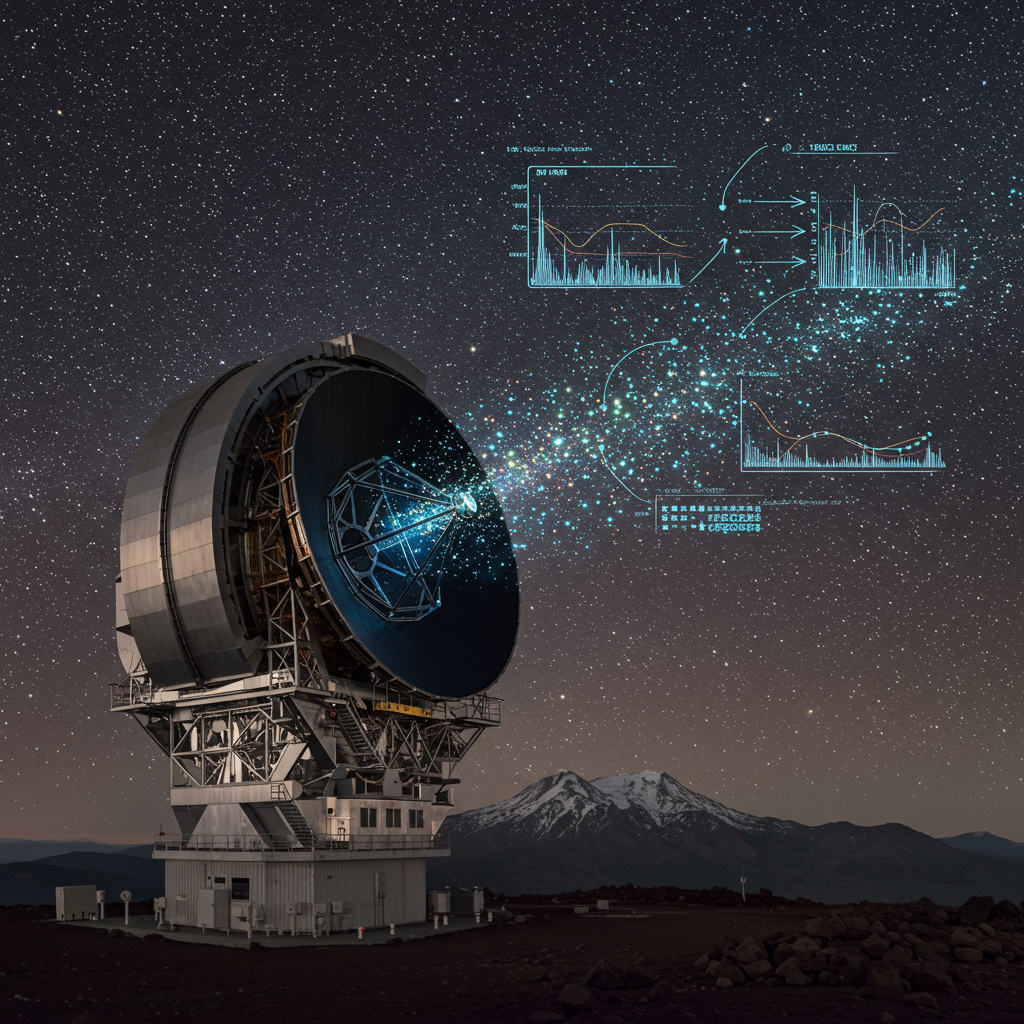A Surprising Connection Unearthed
Scientists have recently uncovered a striking and unexpected correlation between the strength of Earth’s magnetic field and the level of oxygen in its atmosphere over the past half-billion years. This remarkable finding, published in Science Advances by a team including researchers Weijia Kuang, Benjamin Mills, Ravi Kopparapu, and Joshua Krissansen-Totton, reveals that these two fundamental aspects of our planet appear to rise and fall in tandem across vast geological timescales.
The discovery presents a significant puzzle: what hidden mechanism could possibly link the dynamic processes deep within Earth’s core, which generate the magnetic field, to the atmospheric conditions that support complex life on the surface?
Tracking Earth’s Ancient History
To uncover this link, researchers compiled and analyzed two independent, long-term records spanning roughly 540 million years, since the dawn of the Cambrian period.
Atmospheric Oxygen: Ancient oxygen levels are reconstructed indirectly through geological clues. For instance, the frequency of ancient wildfires, inferred from fossilized charcoal deposits in sediments, provides a strong indicator, as fire requires specific oxygen concentrations to burn.
Geomagnetic Field Strength: The history of Earth’s magnetic field strength is recorded in tiny magnetic crystals found in ancient volcanic rocks. As molten rock cools and solidifies, these crystals align with the prevailing magnetic field, essentially freezing a record of its strength and direction at that time.
By comparing these two datasets, scientists observed a clear pattern: both Earth’s magnetic field strength (specifically, the geomagnetic dipole moment) and atmospheric oxygen levels have generally increased over this enormous timeframe. What’s more, significant peaks and drops in one measurement frequently coincide with similar shifts in the other within the same geological periods. A particularly notable instance is a pronounced spike observed in both records approximately 330 to 220 million years ago.
Seeking Explanations for the Correlation
This strong correlation immediately raises the fundamental question: Is this a causal link, or are both phenomena being driven by something else entirely?
One initial hypothesis considered was that a stronger magnetic field simply provides better protection for Earth’s atmosphere from erosion by the solar wind, the stream of charged particles constantly flowing from the sun. Solar wind can strip away atmospheric gases, including oxygen, over time. However, calculations by the research team suggested that the amount of oxygen loss prevented by the magnetic field, even during periods when the field is drastically weaker, is relatively small compared to the immense amounts of oxygen produced by photosynthesis and consumed by other geological and biological processes. Furthermore, while solar wind can affect the shape of the magnetic field, it doesn’t significantly influence its long-term strength, which is the property correlated with oxygen levels. This suggests solar wind protection is likely not the primary driver of the observed long-term pattern.
If direct protection isn’t the main answer, what else could be? Scientists are exploring other potential mechanisms:
Could the field indirectly influence oxygen production? A stronger, more stable magnetic field might create more favorable and stable surface conditions by shielding life from harmful radiation (like X-rays and extreme ultraviolet radiation from the sun). This could potentially boost the productivity of photosynthetic organisms like plants and algae, the primary oxygen producers. It might also influence climate and ocean chemistry in ways that support more oxygen-generating life.
Could oxygen levels influence the field? This direction of causality is less understood, but one idea involves plate tectonics. The recycling of oxygen-rich crustal material into the mantle could potentially alter the conditions at the core-mantle boundary, where convection drives the magnetic field.
- Is there a deeper, shared driver? The most compelling hypothesis gaining traction is that a third, common geological or geochemical process is simultaneously influencing both the magnetic field and atmospheric oxygen levels.
- hackaday.com
- www.nature.com
- www.livescience.com
- www.scientificamerican.com
- vocal.media
A prime candidate for this shared driver is Earth’s tectonic cycle, particularly the formation and breakup of supercontinents like Pangea, which existed roughly during that major spike period (~330-220 million years ago). Over millions of years, tectonic activity drives the slow convection of the mantle. This mantle churning could influence the liquid outer core where the geodynamo generates the magnetic field. Simultaneously, tectonic processes, such as the rate of seafloor spreading, can impact nutrient release into the oceans, potentially triggering massive blooms of oxygen-producing algae and increasing atmospheric oxygen. Therefore, the complex dynamics of the tectonic cycle could potentially act as a conductor, orchestrating variations in both the magnetic field and atmospheric oxygen levels over geological time.
Implications for Life Beyond Earth
While the exact mechanisms remain elusive, this discovery is crucial for understanding what makes Earth habitable. It underscores the deep interconnectedness of our planet’s systems, from the molten core to the atmosphere we breathe.
The findings also have significant implications for astrobiology and the search for life elsewhere in the universe. For decades, a strong magnetic field has been hypothesized to be important for habitability, primarily due to its role in protecting atmospheres from solar wind erosion. While this study suggests that specific protective role might not fully explain the oxygen correlation on Earth, it highlights a potentially deeper link between a planet’s internal dynamics (which generate the field) and its atmospheric composition suitable for complex life.
If this correlation holds and is further understood, the magnetic properties of distant exoplanets could potentially serve as a new clue for astronomers searching for potentially habitable worlds. Finding planets with substantial magnetic fields might help prioritize candidates in the search for complex extraterrestrial life. Conversely, it might offer insights into why planets like Mars, which lost its global magnetic field billions of years ago, now have very thin atmospheres with minimal oxygen.
Ultimately, this mysterious link challenges scientists to work across disciplines – geology, atmospheric science, biology, and planetary science – to piece together the intricate story of how Earth’s deep interior processes have co-evolved with its atmosphere and the life it sustains.




